Species
Conservation programs funded by the National Fish and Wildlife Foundation benefit hundreds of species and the habitats they depend on across the United States. NFWF has developed conservation strategies with measurable outcomes that track progress for many of these species. These species are good indicators of healthy habitats.
These strategies and metrics can be found in NFWF’s business plans developed by scientists and other experts, and approved by the Foundation's Board of Directors. NFWF programs fund conservation grants that implement the strategies and actions identified in the business plan.
Click on the species to learn a little about it, and which programs fund grants to conserve the species and its habitat.
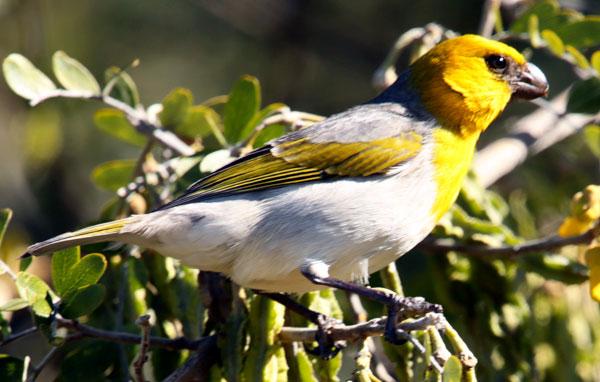
Palila
The palila is a unique finch-billed Hawaiian honeycreeper currently restricted to a narrow range of dry-forest forest on the volcano of Mauna Kea on Hawai'i’s Big Island. Palila are ecologically dependent on māmane, an endemic dry-forest tree that produces seed pods which are the primary food source for this species.
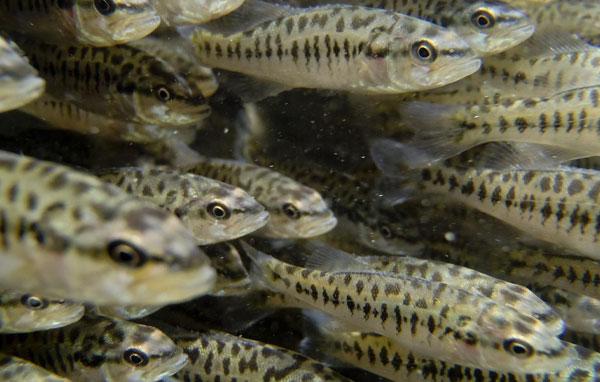
Guadalupe bass
The Guadalupe bass is the state fish of Texas -- the only place on earth where the species is found. The main threats to the species are reduced stream flow and hybridization with nonnative smallmouth bass.
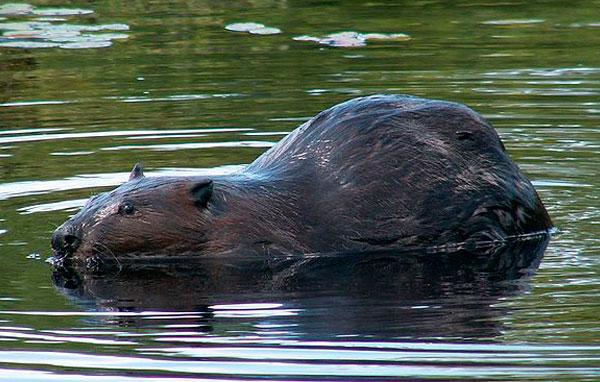
American beaver
The North American beaver, the largest rodent species in North America, are primarily aquatic and highly social. Considered to be ecosystem engineers, beavers construct dams to flood areas for forage and protection that also provide crucial habitat for other aquatic and wetland species.
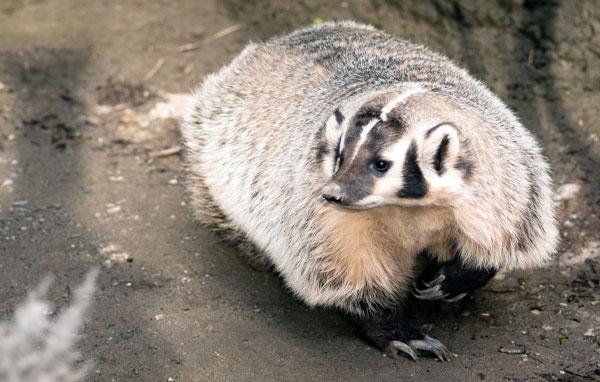
American badger
The American badger is a member of the Mustelidae, or weasel family, and is native to grasslands of North America. This fierce carnivore is an excellent excavator and digs burrows in pursuit of prey, raising young and sleeping.

Eastern hardwood forest birds
Eastern deciduous forests provide important habitat for forest birds, which can reside in them year-round, or rely on them as breeding grounds or stop-over sited during migration. Deciduous forests have been subject to fragmentation, putting the wide variety of bird species they support at risk.
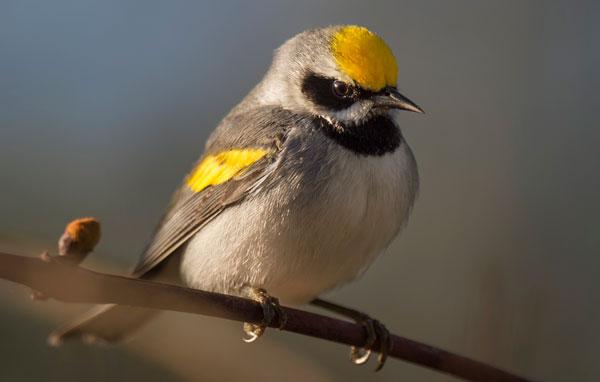
Golden-winged warbler
The golden-winged warbler is a striking, neotropical songbird with bright yellow plumage on the crown and wings. Their breeding range formerly extended across the Midwest to the east, but is now restricted to two isolated subpopulations: one in the higher-elevation areas of the Appalachians and the other around the Great Lakes into Manitoba. Loss of early succesional has resulted in population declines especially for the eastern population.
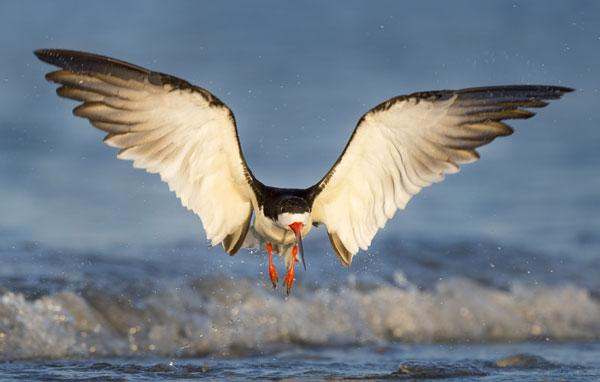
Black skimmer
Black skimmers are a beach-nesting, tern-like member of the gull family found across the Americas. The North American population migrates to the warmer waters of the Gulf and Caribbean during the non-breeding season. Skimmers are aptly named for their unique foraging strategy of skimming the water’s surface with their lower beak, or mandible, and snapping shut when it contacts a fish.
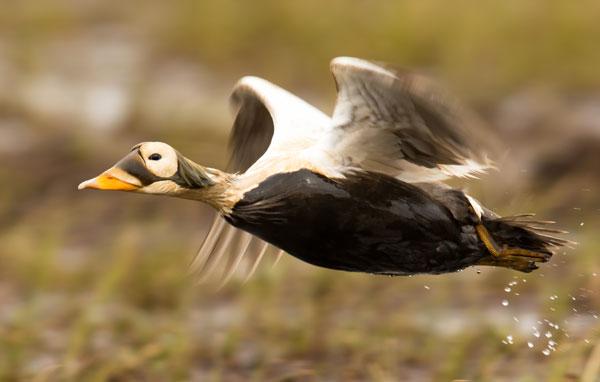
Spectacled eider
Spectacled eiders are a stunning and relatively rare seaduck, nesting on coastal tundra locations of the Yukon-Kuskokwim Delta and North Slope of Alaska, as well as Russia. Spectacled eiders were listed as threatened under the Endangered Species Act in 1993 due to observed population declines, and are currently at risk due to loss of habitat.
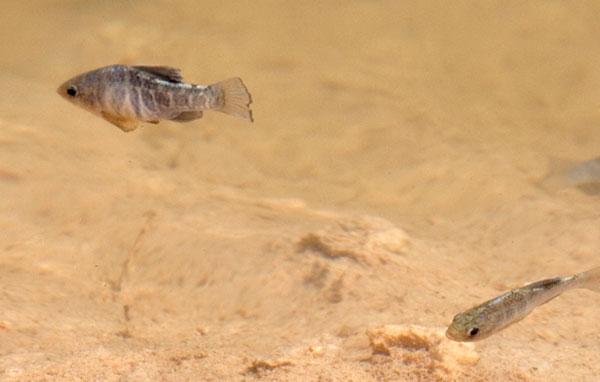
Pecos pupfish
The Pecos pupfish is an endemic, IUCN Red List vulnerable species historically found in New Mexico and Texas in the Pecos River, but is now limited to a few areas of Texas. Threats to the Pecos pupfish include river alterations, invasive species, nonnative species and diseases.
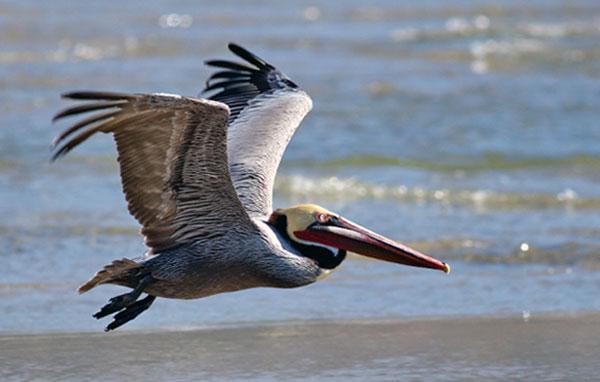
Brown pelican
Brown pelicans are a colonial nesting coastal seabird with five recognized subspecies found throughout the Atlantic and Pacific coasts of the Americas. Pelicans are well known for their plunge diving strategy—falling from heights above the sea's surface they stun small fish before scooping them up in their expandable throat pouch.
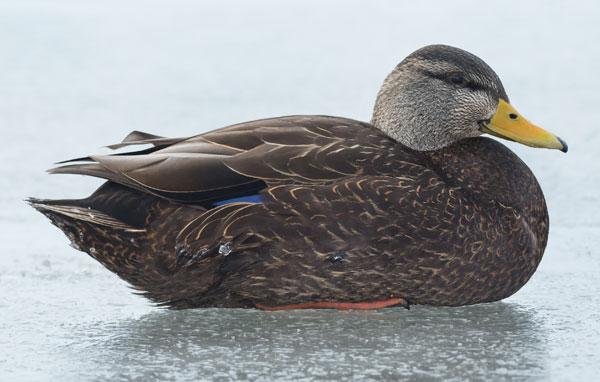
American black duck
The American black duck is large dabbling duck that resembles the closely related mallard, but is darker in appearance and much less common. Black ducks nest in wetlands throughout the Eastern Seaboard, including freshwater and salt marshes where restoration and protection are vitally important to maintaining black duck populations.
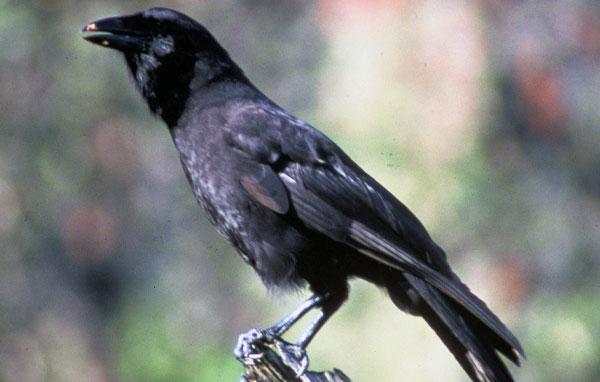
Alalā
Fossil record shows that the Alalā, or Hawaiian crow, is the only one of the original five species of crow in Hawai'i to survive extinction thus far. While the bird has been extinct in the wild since 2002, a captive-rearing program has been successful in growing the global population from 10 to more than 120 individuals. In 2016, an ambitious reintroduction program launched with the goal to re-establish a self-sustaining population of Alalā in native forests on the island of Hawai'i.
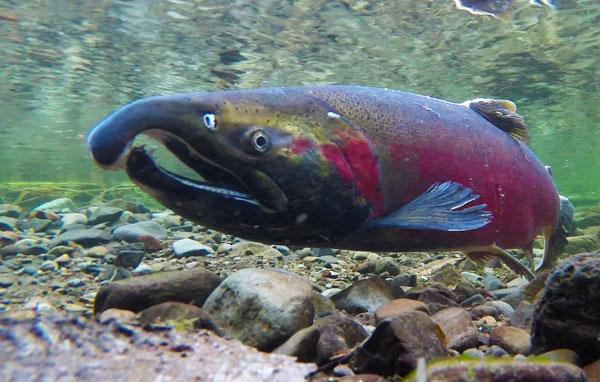
Coho salmon
Coho salmon is one of five salmon species along the West Coast of the United States, from the Alaskan arctic to Santa Cruz, California. The species is anadromous and populations in the lower portion of its range are severely affected by barriers to stream passage and ocean conditions, freshwater availability and land-use practices.
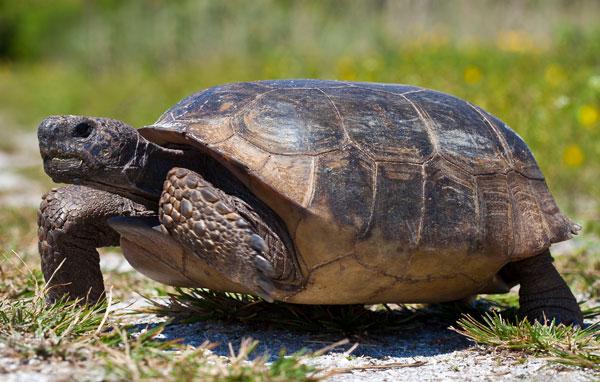
Gopher tortoise
Gopher tortoise are long-lived reptiles native to the upland pine forests of the southeastern United States. Considered a keystone species, more than 350 species of wildlife rely on their their complex burrow systems for shelter and protection, which makes widespread population declines of gopher tortoise of special conservation concern.
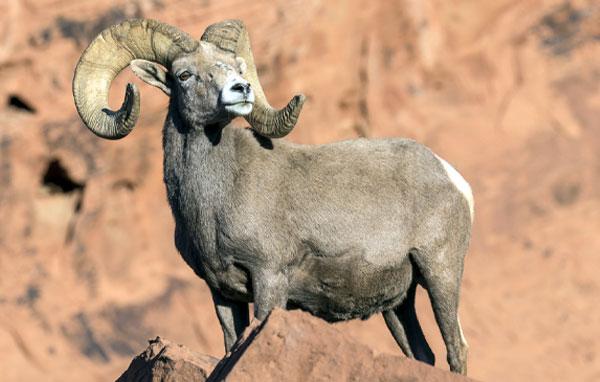
Desert bighorn sheep
Desert bighorn sheep are a distinct subspecies of bighorn sheep that inhabit hot, dry mountain ranges in North America and are well-adapted to survive in these extreme environments, including the ability to go several days without water. While both sexes develop horns, the horns of an adult male are much larger, and used for fighting and as tools to break open cacti while foraging.

Northern long-eared bat
Northern long-eared bats are native to the old growth forests of the eastern and north-central United States. Populations in the northeastern United States have been severely affected by white-nose syndrome, a fungal disease that affects their hibernation, which led to their listing as an endangered species in 2015.
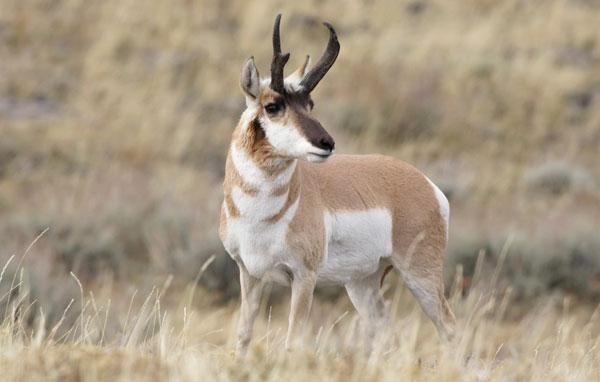
Pronghorn
Pronghorn, also known as "antelope," are sagebrush-dependent ungulate known for their incredible speed. They are the sole-surviving member of their taxonomic family. With an evolutionary history rooted in open-grasslands, pronghorn are reluctant to leap over fences that have been constructed across the West for rangeland management, causing disruptions of their ancient migration routes and reducing access to high-quality habitat.
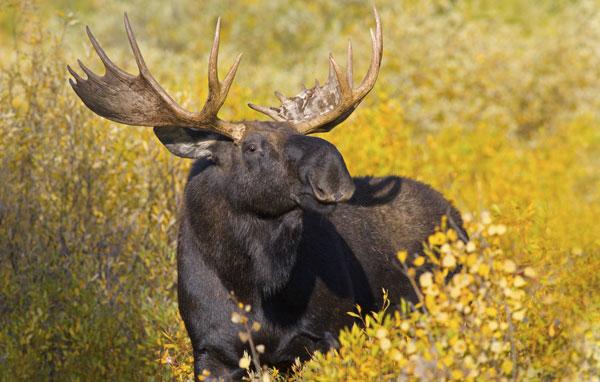
Moose
Moose are the largest of the deer species and the tallest mammals in North America. Their populations are limited to the northern forests of the United States and Canada, and they have thick, insulating fur to thermoregulate during the winter months. Moose forage on a variety forest plants and trees, and will also incorporate aquatic vegetation in their diet at certain times of the year.
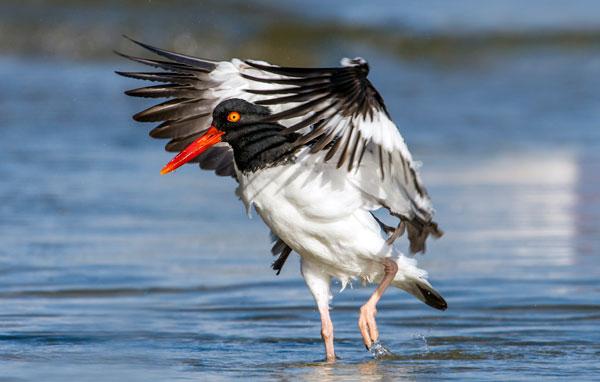
American oystercatcher
The American oystercatcher is a stocky shorebird who is characterized as a short-distance migrant whose movements are confined to the United States and adjacent Caribbean islands. The oystercatcher wades in shallow water and uses its powerful bill to pry open and feed on mollusks, so protecting and restoring near-shore feeding grounds are critical for this species.
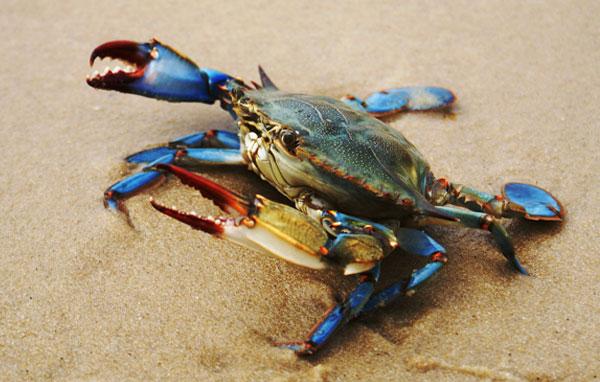
Blue crab
With their distinctive bright blue claws, blue crabs are one of the most iconic species of the Chesapeake Bay, where an estimated 594 million were found in 2019. These bottom-dwelling omnivores have a very wide geographic distribution that supports an important blue crab fishery in the Gulf Coast.
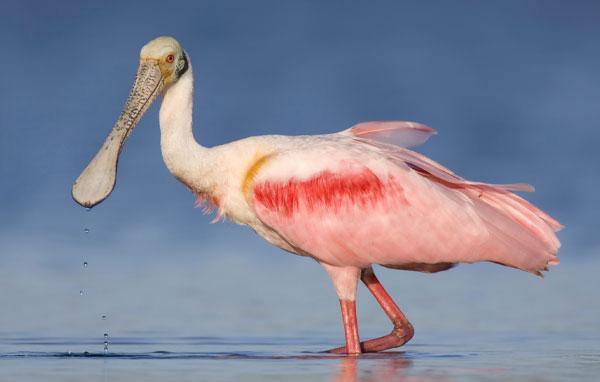
Roseate spoonbill
The striking roseate spoonbill is found in tropical and subtropical wetlands throughout the Americas. In the United States, it is found within the Gulf states where it remains uncommon and local.
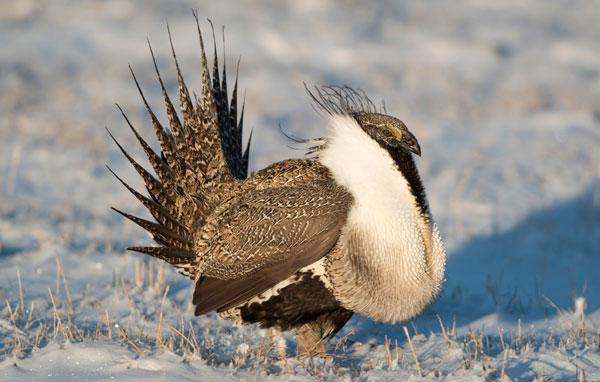
Greater sage-grouse
The greater sage-grouse is a sagebrush-dependent upland game bird and largest of the grouse species. Known for its theatrical mating displays on "leks" or breeding grounds, populations have been in decline due to loss of sagebrush habitat, and their ability to serve as an umbrella species for other sagebrush wildlife emphasizes the need to restore and protect their habitats.

Green sea turtle
Green sea turtles are found around the world, nesting in more than 80 countries including on U.S. beaches, where sustained conservation efforts have contributed to increasing populations in Florida, Hawai'i and across all five U.S. territories. Reaching more than 300 pounds, these gentle giants feed almost exclusively on seagrasses and algae.
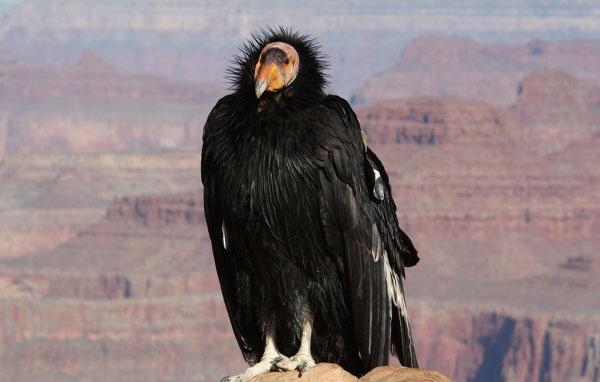
California condor
The California condor is the largest land bird in North America. In 1981, there were only 22 individuals remaining, but the species is increasing in numbers after being taken into captivity, bred and released to locations in California, Baja California, and Arizona. However, the California condor still highly threatened and dependent on conservation.